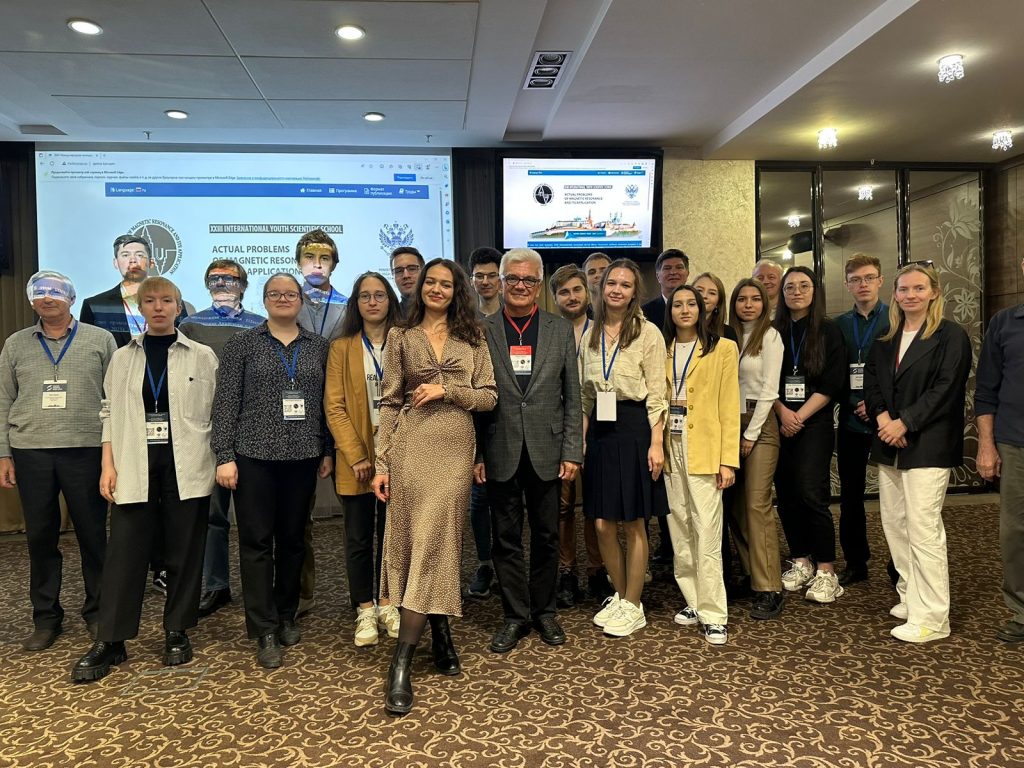23rd International Young Scientists School on Problems of Magnetic Resonance and its Applications

The event is hosted by KFU with support from the Tatarstan Academy of Sciences and Kazan Physical-Technical Institute as part of Kazan Science Week.
Researchers from Moscow, Kazan, Kaliningrad, Yekaterinburg, Ivanovo and other locations have gathered to discuss magnetic resonance.
School coordinator, Associate Professor Egor Alakshin notes, “Magnetic resonance has a long and rich history, still remaining one of the most used methods of scientific research. It is widely used not only in condensed matter physics, but also in organic chemistry, biology, and medicine. 28 young scientists are taking part in the School and will present their reports devoted to the peculiarities of the application of magnetic resonance methods for solving fundamental and applied problems of science.”
The Department of Quantum Electronics and Radio Spectroscopy has been organizing the school since 1997. Kazan is one of the leaders in magnetic resonance studies. Yevgeny Zavoisky discovered electron paramagnetic resonance here on 21 January 1944 amidst harsh realities of the Great Patriotic War. The discover proved to be one of the more significant events in physics in the 20th century.
Yesterday, the International Zavoisky Prize was awarded to Yelena Bagryanskaya, Director of Novosibirsk Institute of Organic Chemistry (Siberian Branch of the Russian Academy of Sciences) at a ceremony in Kazan.

